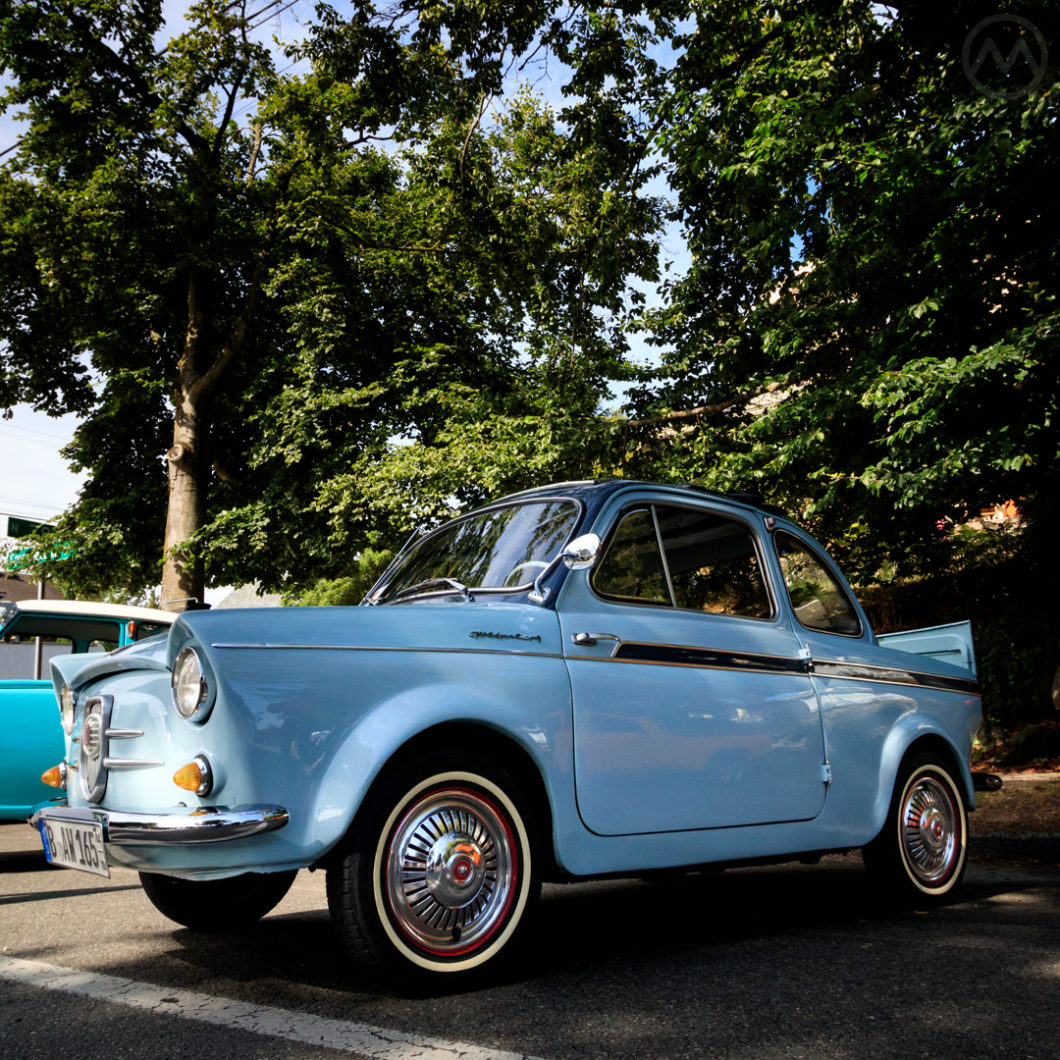Initially a knitting-machine maker established in 1873 in Riedlingen, NSU’s first huge success came as a manufacturer of bicycles in the 1880s after a move to Neckarsulm. In 1901, NSU built its first motorcycle and four years later its first car.
The motorcycles became legends, and for awhile the cars did okay too. In the Weimar era, however, NSU overextended itself trying to build inexpensive cars in volume. The company even built a second factory on the banks of the Neckar river, near Heilbronn in 1926-27 to built larger volumes of cars – but the cars got clobbered by Opel and Ford, among others, and the big wave of production never happened.
Fiat stepped in to help – buying the new factory in 1929 by setting up a local subsidiary in Germany (NSU Automobil AG) with the help of NSU’s financiers and with some limited cooperation from NSU itself.
In 1931, “NSU” (Neckarsulmer Fahrzeugwerke AG, later NSU-Werke AG) dropped cars altogether while Fiat began had already begun building “NSU-Fiats” at Heilbronn.
A Tale of Two NSUs
So it was that two completely separate companies were selling motorized vehicles as NSUs built in factories just miles apart. NSU-Fiats were sort of like early Simcas or Zastavas – licensed local Fiats.
NSU Werke built motorcycles,which after WW2 became ever more famous; and the “real” NSU came to dislike NSU-Fiat using the name.
When the “real” NSU wanted to make cars again in the mid-50s, the two companies clashed in court; with the original details of the 1929 agreement hashed out and reviewed. Ultimately, a Judge decided that the 1929 documents did not bind the name to Fiat’s subsidiary even though the company was officially named “NSU Automobil.”
NSU-Fiat was allowed to continue using that name for a short time and then change it’s products “Neckar,” and NSU Werke launched the 1957 Prinz – a car which directly competed with some of the NSU-Fiat/Neckar range.
Though built in Germany, most of the Neckars were not particularly different from models designed and produced in Italy – in the 1950s NSU-Fiat built the 500, 600, and 1100 under different names.
But NSU-Fiat did have its own development department, and the most unique of these vehicles was the 500 Weinsberg – cooked up at Heilbronn as a luxurious and bespoke Fiat Nuova 500, rather like the original Bianchina (also built in Heilbronn, but only as the Panorama wagon).
Weinsberg Fiats
The Weinsberg was named for a picturesque medieval town nearby and the coachbuilder in it. Bodies were welded up and finished from partially assembled regular 500s at Karosseriewerke Weinsberg, a local builder that had long collaborated with the factory, including on previous “Weinsberg” labeled cars built in much smaller volumes.
The Weinsberg came in two forms – a coupe with a wraparound rear window not dissimilar from a Goggomobil TS, and a 2-door sedan with a conventional roof called the Limousette (seen here).
They were often painted in bright, jaunty two-tone schemes. Both had more room up front but much tinier back seats than the Nuova 500. Performance (from a 479 and later 499-cc twins) was just like normal 500.
Distinctive and well made, the Weinsberg was a little pricey and a slow seller. Germany had many tiny cars at that time and newer models like the Mini came along during the Wiensberg’s run. 6,228 were made from 1959-63.
This Weinsberg may be the only one in North America, as the NSU-Fiat/Neckar cars were never exported here and this is a later import. The owner, Floyd C., also has a Goggomobil TS250.
The End of Heilbronn
The low volume of cars produced at Neckar and the high costs of the workforce conspired against the company’s future; and Fiat began withdrawing support for the JV as early as 1963. After the Weinsberg, there were also coachbuilt Neckar 850s with bodies by Vignale, but Fiat didn’t license any more designs to Neckar after 1965. The “NSU-Fiat” name was given up entirely a year later.
Production gradually wound down, and Heilbronn closed in 1971.

